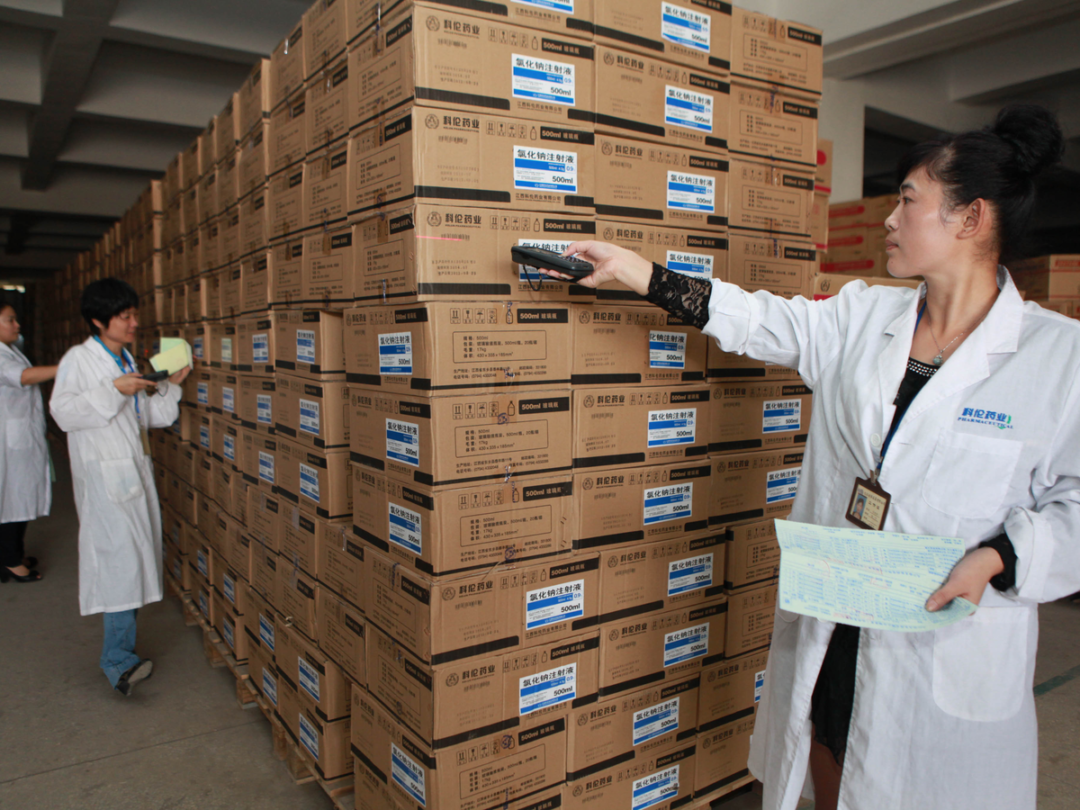
The quest for supply-chain sustainability requires paying as much attention to the package as the product inside it.
That necessity that doesn’t escape global life science leader MilliporeSigma. The company has launched a four-year effort to enforce green packaging for well over 300,000 products, translating into some 30,000 shipments a day.
MilliporeSigma is the former Sigma-Aldrich, which was acquired by Germany’s Merck KGaA in 2015 for $17bn. (It now represents the U.S. and Canadian operations of Merck.) That event served as the impetus for a complete “redo” of the company’s packaging and labeling processes, according to Jeffrey Whitford, head of global corporate responsibility. “We realized it was a great strategic time to be able to introduce the concept of packaging sustainability into the discussion,” he says.
But it wasn’t until this year that MilliporeSigma officially undertook an ambitious plan to enforce packaging sustainability in four key areas: shrink (reducing the amount of packaging), secure (achieving zero deforestation), switch (improving plastic sustainability), and save (maximizing recycling).
Together those actions make up what MilliporeSigma is calling its SMASH Packaging Plan. It comprises dozens of individual improvement projects. Goals to be achieved by 2022 include 20-percent reductions of empty space in cartons and the use of expanded polystyrene, and the replacement of all fiber-based packaging that can’t be recycled.
The process actually began a few years earlier, according to Fabien Thibault, global manager of product and packaging sustainability. A key challenge at the outset was getting buy-in from colleagues within the packaging, sourcing and distribution groups.
Whitford says it will take four years to get the job done because of the size and complexity of MilliporeSigma. With some $7bn in annual revenue, the company maintains 130 distribution centers around the world. To cover that network, it needed to map out a series of milestones to be achieved in phases.
“This isn’t something we can take on and knock out quickly,” says Whitford. “We felt that four years was a reasonable amount of time.”
Any successful push for sustainable packaging requires the full support of vendors. Thibault says MilliporeSigma is reaching out to its supplier base in multiple ways, depending on how it acquires packaging materials. Not all are purchased directly from vendors; some D.C.s are operated by third parties, who buy materials on the company’s behalf. The same two degrees of separation occurs with an independent manufacturing partner.
“Wave one” of the initiative will consist of a survey seeking data from all direct vendors, with indirect suppliers to be assessed in subsequent phases, Thibault says. Aimed at all of the company’s wood and fiber sources, the exercise will identify their acquisition practices, forest-management policies and characteristics of the materials themselves.
Green concerns aren’t MilliporeSigma’s only criterion for packaging design. Shippers of pharmaceutical and biotechnology products must adhere to strict U.S. and global regulations on the movement of their goods. They need to ensure that any change in packaging doesn’t damage the contents or weaken safety standards.
“More sustainable fibers doesn’t mean less integrity,” says Whitford. Where potential problems arise is in the decision on how much dunnage to put into a box, versus allowing for empty air. Certain sites and customers have their own requirements based on product type. “That’s where these discussions get more interesting,” he says.
Each of the four “pillars” of the SMASH Packaging Plan presents its own set of issues. But Thibault considers the 20-percent reduction in air space for boxes shipped out of its main D.C. to be especially challenging. The task will entail some major changes within the facility, he says.
Whitford expects artificial intelligence to be of help in configuring packaging for the company’s millions of individual SKUs. Automation will make it easier for workers on the floor to select the right package for any given shipment, he says.
A project the size of the SMASH plan entails significant cost. In the end, Whitford says, MilliporeSigma should come out “just barely ahead,” with savings from greater shipping efficiency slightly outweighing the higher price of greener materials. The company must also account for the cost of cold-chain shipment technology, which likely will result in a “net-neutral” investment due to its specialized nature and consequent inability to scale.
In any case, MilliporeSigma considers its investment in the SMASH Packaging Plan to be well worth the effort. In a company survey, nearly 90 percent of customers declared sustainability to be a high priority. Says Thibault: “We’re at the beginning of a really exciting journey.”







